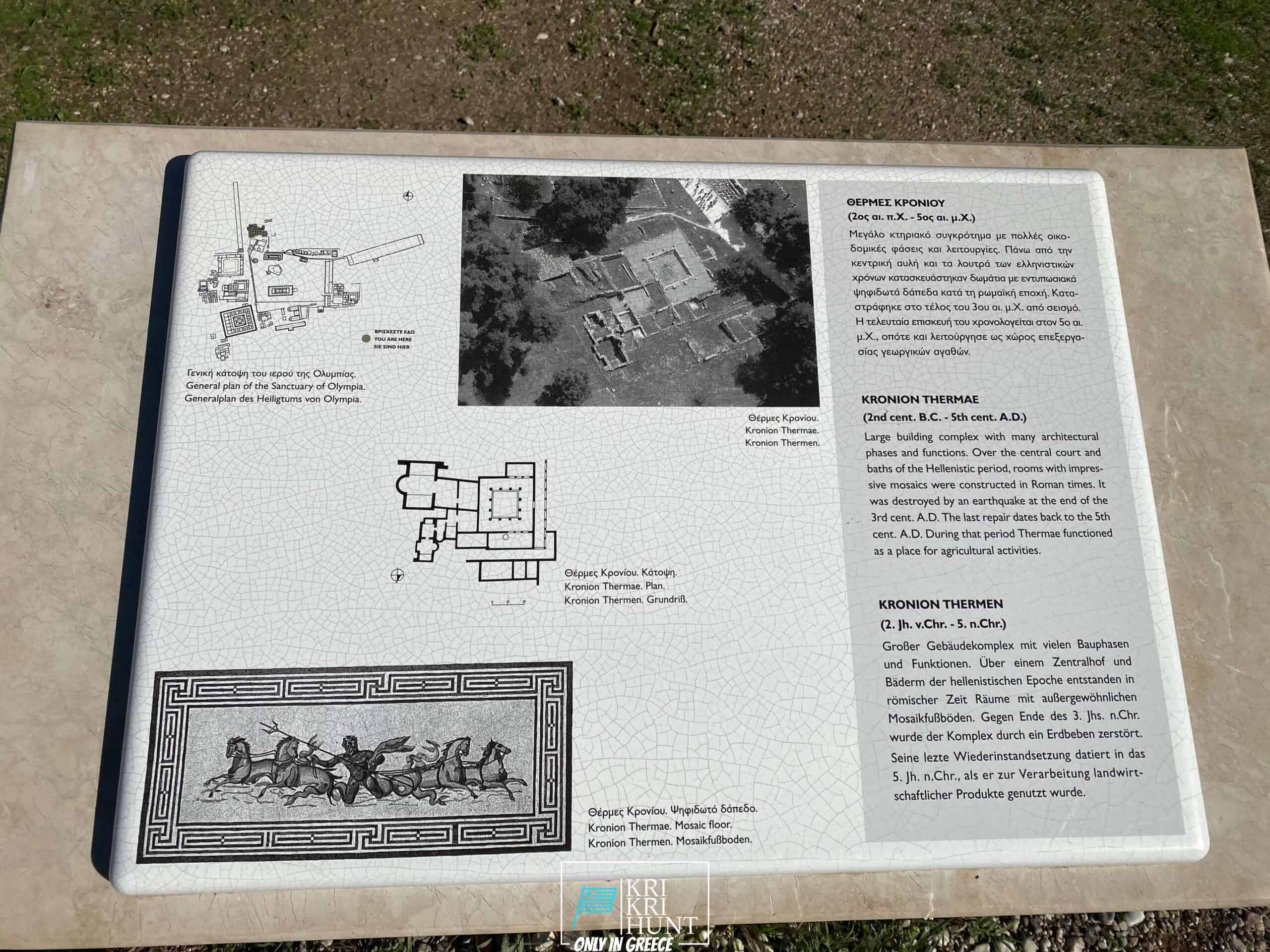The Very Best of Greece: A Hunting as well as Touring Peloponnese Tour from Methoni
The Very Best of Greece: A Hunting as well as Touring Peloponnese Tour from Methoni
Blog Article

They say that the Peloponnese peninsula is the "real" Greece. And we claim, if you're trying to find a memorable experience, our hunting and also touring Peloponnese scenic tour from Methoni is the perfect means to experience all that this stunning country needs to provide.

Due to the fact that the ibex population is ever-changing, the number of tags varies too. The Kri-Kri, despite being the tiniest ibex in regards to body weight (Capra Aegagrus Cretica), has long. A couple of specimens that were not counted gauged 115 centimeters. The gold trophy is 61 centimeter (24 inches) in size. Hunting of Kri-Kri ibexes, is presently allowed on Atalanti and Sapientza in Greece (Capra Aegagrus Cretica). Beginning on Atalanti in the recently of October and the initial week of December, ibex hunting is allowed. Searching is allowed the entire month of November in Sapientza, as long as the weather agrees with.
Our outdoor hunting, angling, and also free diving trips are the excellent way to see everything that Peloponnese has to use. These tours are developed for tourists who wish to leave the beaten path and also really experience all that this amazing region needs to use. You'll reach go searching in several of the most stunning wilderness areas in Greece, fish in crystal-clear waters for a selection of various species, and complimentary dive in several of one of the most magnificent coast in the Mediterranean. And also most importantly, our seasoned overviews will certainly exist with you every step of the method to ensure that you have a risk-free and enjoyable experience.
If you're searching for an authentic Greek experience, then look no further than our outdoor searching in Greece with angling, and also cost-free diving scenic tours of Peloponnese. This is a remarkable means to see every little thing that this incredible region needs to use. Reserve your tour today!
What is the diference between Kri Kri ibex, Bezoar ibex and hybrid ibex
The kri-kri is not thought to be indigenous to Crete, most likely having been imported to the island during the time of the Minoan civilization. Nevertheless, it is found nowhere else and is therefore endemic to Crete. It was common throughout the Aegean but the peaks of the 8,000 ft (2,400 m) White Mountains of Western Crete are their last strongholds–particularly a series of almost vertical 3,000 ft (900 m) cliffs called ‘the Untrodden’—at the head of the Samaria Gorge. This mountain range, which hosts another 14 endemic animal species, is protected as a UNESCO Biosphere Reserve. In total, their range extends to the White Mountains, the Samaria National Forest and the islets of Dia, Thodorou, and Agii Pandes.
This Ibex is NOT a diminutive form of the Bezoar Ibex, which has migrated into the western-most reach of the range of this species. The kri – kri (Capra aegagrus cretica), sometimes called the Cretan goat, Agrimi, or Cretan Ibex, is a feral goat inhabiting the Eastern Mediterranean, previously considered a subspecies of wild goat. The kri-kri has a light brownish coat with a darker band around its neck. It has two horns that sweep back from the head. In the wild they are shy and avoid tourists, resting during the day. The animal can leap some distance or climb seemingly sheer cliffs.
“The agrimi goat Capra aegagrus cretica is unique to Crete and its offshore islands. It has been identi®ed as a sub-species of the wild bezoar goat Capra aegagrus aegagrus Erxleben, 1777, which it closely resembles in horn shape, body form and coloration. This classi®cation has been disputed by some researchers who claim that the agrimi are feral goats, derived from early domestic stock brought to the island by the ®rst Neolithic settlers. In order to clarify this issue, DNA analyses (cytochrome b and D loop sequences) were carried out on tissue of live and skeletonized agrimi and compared to sequences of wild and domestic caprines. Results conclusively show the agrimi to be a feral animal, that clades with domestic goats (Capra hircus) rather than with wild Asiatic bezoar. This study demonstrates that morphometric criteria do not necessarily re¯ect genetic af®nities, and that the taxonomic classi®cation of agrimi should be revised.”
Report this page